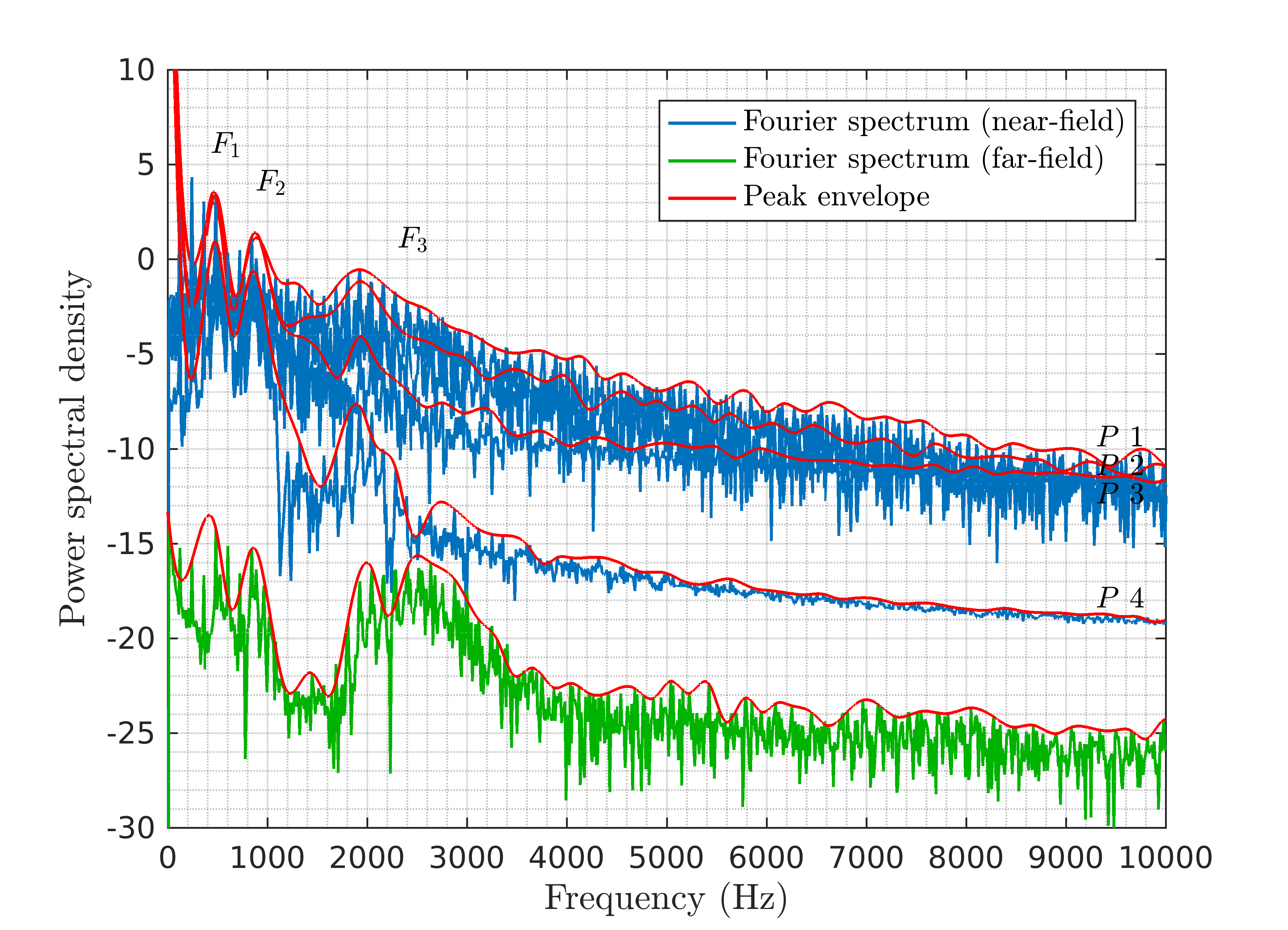Abstract
Introduction
Obstructive sleep apnea(OSA) is one of most common sleep breathing disorders. Surgeries, such as mandibular advancement splints (MAS) and uvulopalatopharyngoplasty(UPPP), are perceived as effective treatment to anatomy abnormality due to their success in enlarging velopharyngeal region. Previous study[1] showed that computational fluid dynamics(CFD) simulation can reflect anatomical defects and its result was highly correlated with clinical data scuh as apnea hypopnea index(AHI). However, the correlation is not proved to be existed for other types of treatment and it is weak for our clinical samples, which are OSA patients who underwent UPPP. Besides, the neuro-muscular activity plays a fairly important role in OSA and should not be neglected[2]. Thus, we combine fluid mechanics and neuro-muscular physiology to raise a new perspective to explain pathology of OSA and evaluate efficiency of UPPP.
Methods
Seven OSA patients were selected randomly form Beijing Tsinghua Changgung Hospital with one-night polysomnography(PSG) before and after UPPP. 3D upper airway structures were reconstructed from CT scan of each patient. We used a commercial CFD software(CFX, ANSYS) to simulate the airflow for a given respiratory condition. Correlation analysis was performed among CFD data and clinical data, such as maximum velocity, minimum wall pressure, apnea hypopnea index(AHI). We calculated average wall pressure around velopharyngeal region and introduced a new parameter, which equals average wall pressure divided by total pressure loss. A pneumootachometer was connected to a face mask. The mask was also attached to a device that can deliver continuous negative pressure. We used the mask to control subjects’ inhaling speed with different negative pressure and recorded the pharyngeal electromyography(EMG).
Results
The result shows no significant correlation(p>0.05) between AHI and conventional flow parameters that had been used in previous studies. But ratio of the new parameter pre- and post UPPP shows strong correlation(p<0.01) with ratio of AHI pre- and post UPPP for each patient. With increasing mask negative pressure, the EMG rises proportionaly.
Discussion
The parameter we firstly introduced here represents an effort that the muscle around velopharyngeal region must make to keep upper airway open. The higher this parameter is, the more muscular response is required to make for patency. Due to the damped muscular activity, upper airway collapse will happen when a patient is asleep if the parameter exceeds the range of the body can afford. Thus, it can be seen as a compensatory coefficient that is correlated with anatomy abnormality which can be corrected by UPPP.
References
1.Zhao M, Barber T, et al., (2013). Journal of biomechanics, 46(1): 142-150
2.Mezzanotte W S, Tangel D J, et al., (1992). Journal of Clinical Investigation, 89(5): 1571





 Fig.1 Effective diffusivity against the Womersley number α(=a√(ω/v))(solid line means the theoretical value by Watson2))
Fig.1 Effective diffusivity against the Womersley number α(=a√(ω/v))(solid line means the theoretical value by Watson2))











